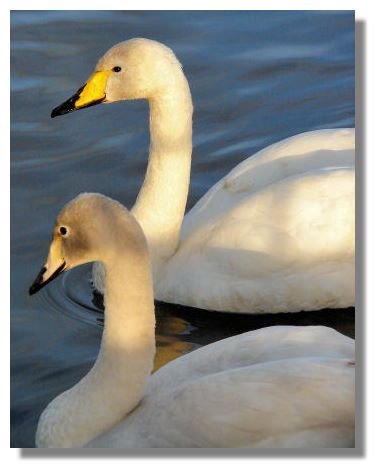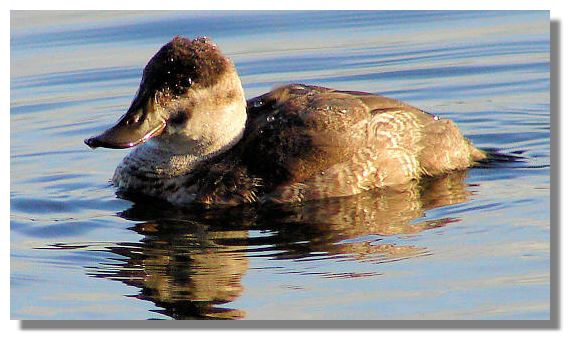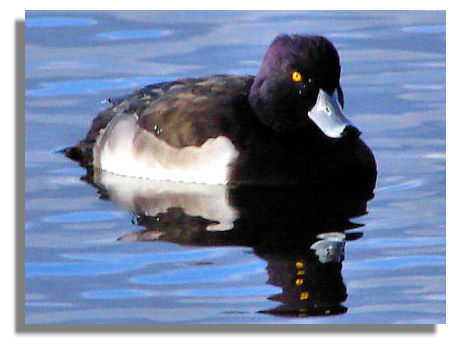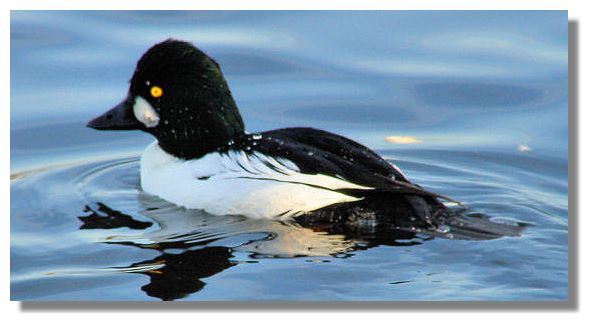Each week the Rampant Scotland Newsletter includes a number of photographs which illustrate the weather and the seasons, plus the flora and fauna of the current week around Scotland. There are often so many such graphics of Scottish subjects worth including that this separate "colour supplement" is created where some of the best pictures can be displayed in a larger format. Here is this week's crop of Scottish views!
Although these birds are called "Ruddy Ducks", people are not swearing at them, but describing the russet colour shown by the male in the summer. Female Ruddy Ducks like this one (though it may be a juvenile male or female, born this summer - they all look similar) don't have the bright colours of the male (which has a striking blue bill in the summer). For a picture of these colours, see Colour Supplement - 1 October 2005.
Many Tufted Ducks are resident in this country. But in September and October many of those that have nested in Iceland and northern Europe will fly to Britain. As a result, numbers soar - the resident population in the UK is around 10,000 but in winter that number can rise to 60,000 in Britain (and another 30,000 in Ireland).

When the Whooper Swans first appeared at Hogganfield Loch in Glasgow, having flown in from Iceland, there was no sign of any youngsters. Then, over the next ten days, first one then more appeared beside their parents. This photo is of an adult and one of the family party (in the foreground, without the yellow beak). There were another three youngsters in the group. Though they look soft, downy and gentle, when one of the resident mute swans swam past, the youngsters - as well as the adults - had a good peck at it for daring to muscle in on their patch of water! Which is quite brave as the Whoopers are slightly smaller than their cousins.
The Goldeneye is slightly smaller than a Mallard duck (see last week's Colour Supplement) and there are usually only a few of these handsome black and white birds, compared to the much larger numbers of the Mallard. During the summer, the Goldeneye go off to Highland lochs to breed, returning in the late autumn. They are also found in other parts of northern Europe, Asia and North America.
This is a female Goldeneye - not nearly as colourful as the male. The lack of a white collar round its neck shows that this is one that was born during the summer.
If you want to look back at earlier editions of this Colour Supplement, there is an Index Page







